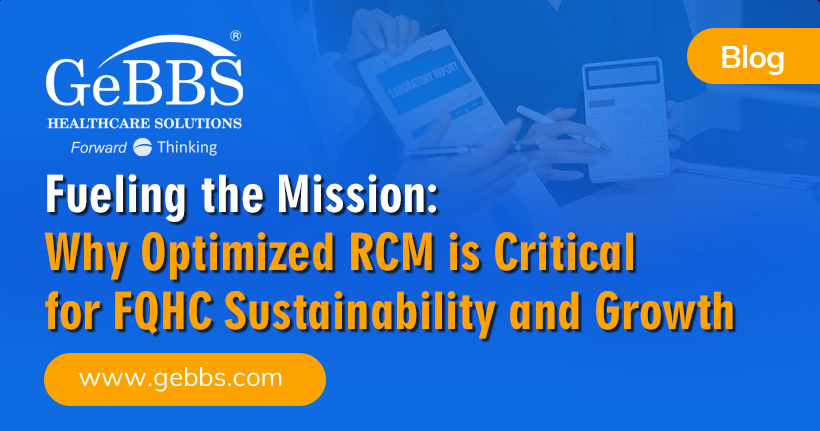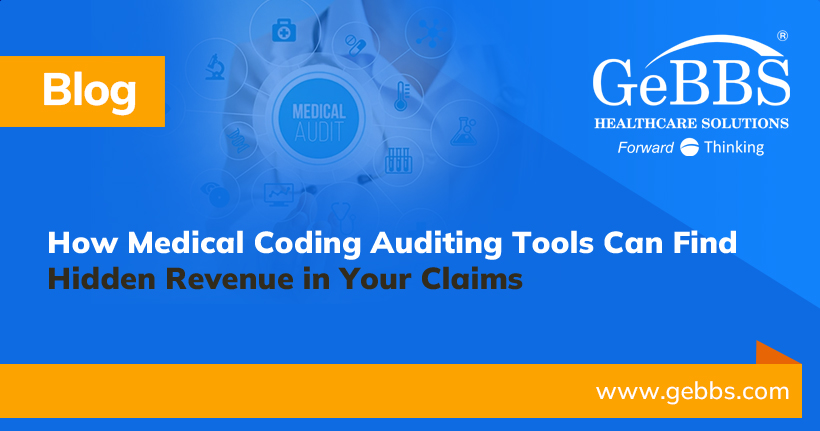Population health and the transition to two-sided risk is no easy feat – it’s a monumental shift in the way providers, payers and hospitals think about the delivery of health care. And, while, we all know it’s coming – knowing how to get there and doing it successfully is the real challenge. While most accountable care organizations (ACOs) are still relatively young, some are finding common ground on how to best reduce costs, improve value and enhance patient satisfaction – the triple aim of any population health program. The Centers for Medicare and Medicaid Services are pushing hard for the adoption of alternative payment models, leaving behind the days of pay-for-performance care models that still proliferate our overburdened health system. For now, they’re “thanking” effective population health programs with shared savings as part of the Medicare Shared Savings Program (MSSP), but a more aggressive transition to downside risk for providers is well on its way.
A recent meeting of the America’s Physician Groups (APG) featured presentations from three organizations that have had significant success with risk-based contracting programs – and there were some clear consistencies in what program elements have contributed to their success. Here are just a few of the key strategies cited for successfully managing today’s shifting risk environment.
- Engage top-notch providers. Partnering with the right doctors is critical to success in a downside risk program – so choose wisely. Providers who tend to over-refer to specialists, are focused solely on volume or who aren’t supportive of population health strategies aren’t likely to change. Those providers who got into medicine for all the right reasons (improving the health of their patients) are the ones most likely to gain from alternative payment models that involve two-sided risk.
- It’s all about the data. It’s clear that access to timely, meaningful data is a primary indicator of success for organizations pursuing alternative risk models. This means electronic health record (EHR) data needs to be transformed into actionable analytics and information to help providers understand their referral patterns as well as their patients’ utilization – at a glance since time is at a premium.
- Get the most from care management programs. Identifying the patients most at risk and getting them enrolled in targeted, effective care management programs is one of the most basic ways to reduce the per member per month expenses. Programs to consider include diabetes management, congestive heart failure, asthma, COPD and/or other chronic conditions.
- Focus on accurate risk adjustment and coding. According to Jeremiah Reuter, Vice President of provider actuary services for Optum Advisory Services in Eden Prairie, Minn., ‘risk adjustment and coding accuracy are very important’ when it comes to transitioning to risk-based contracting. While Reuter also highlights the importance of quality, care management and attribution – getting risk adjustment scores right (which is driven by diagnosis coding) is critical.
The world of shifting risk is here to stay and the team at GeBBS Healthcare Solutions is here to help. We are experts in risk adjustment, medical billing and coding and health information management. To learn more about GeBBS Payer Solutions and technology, please request a consultation.






